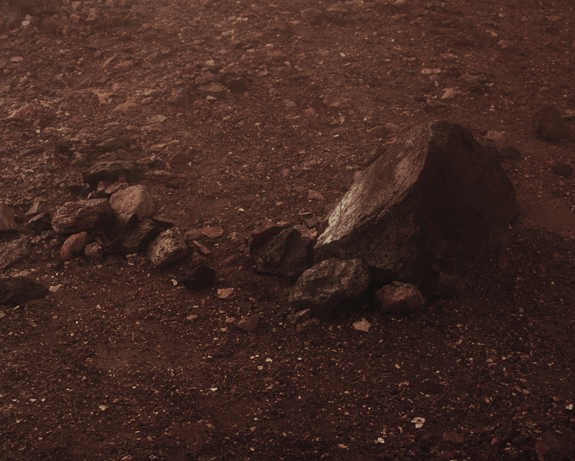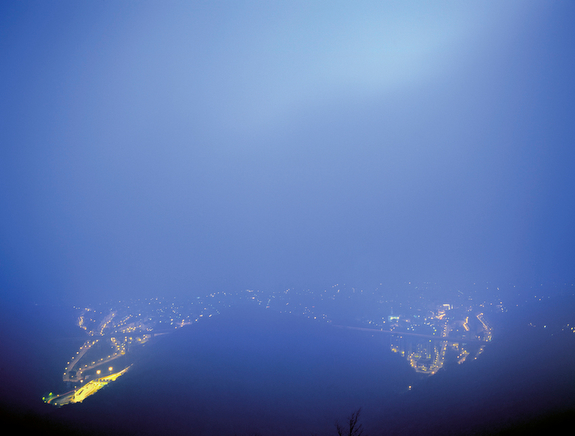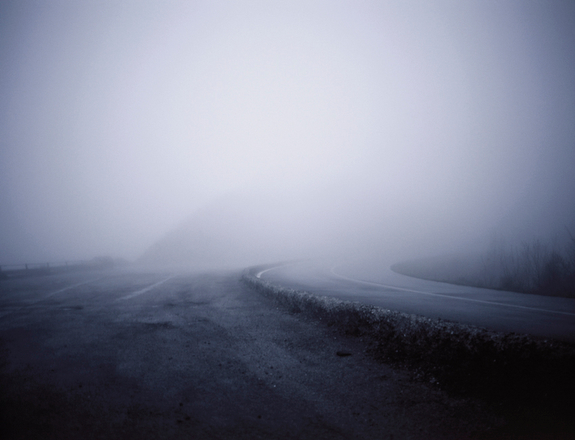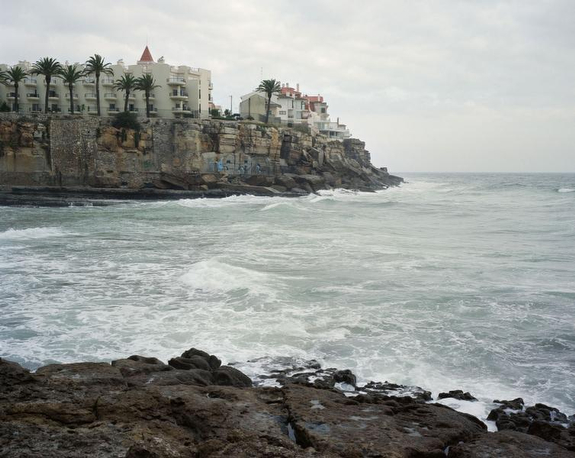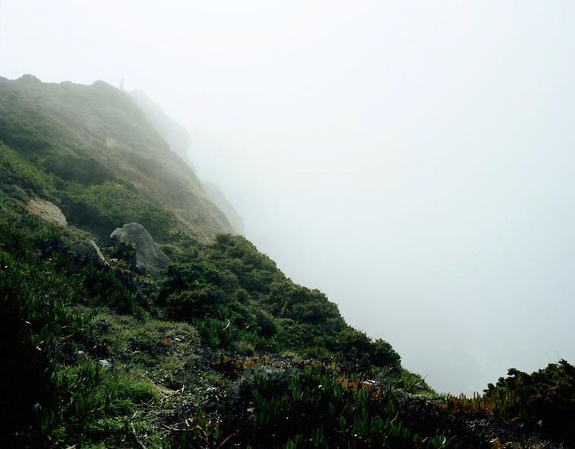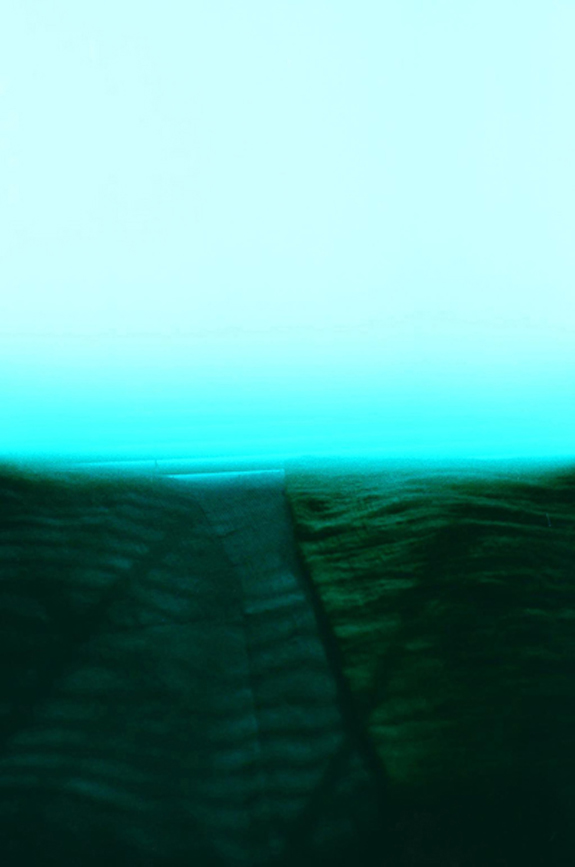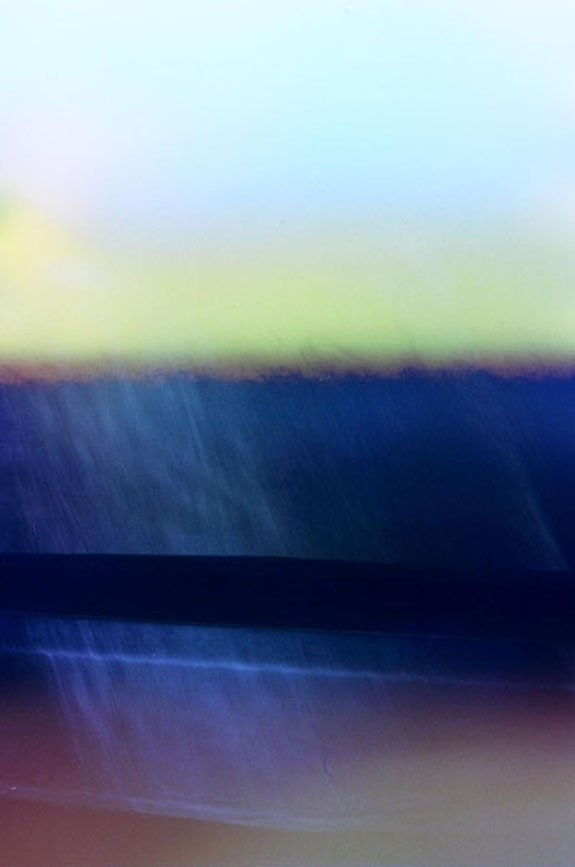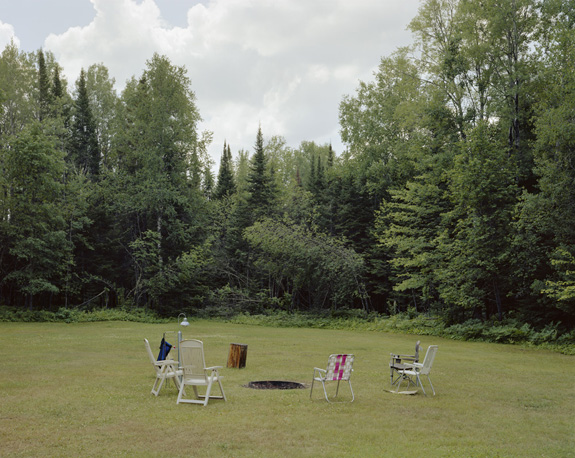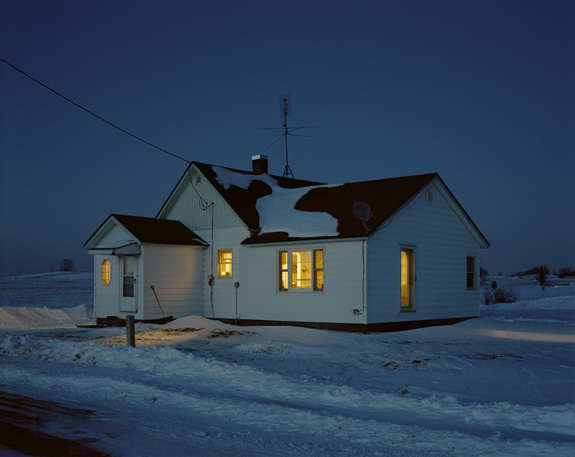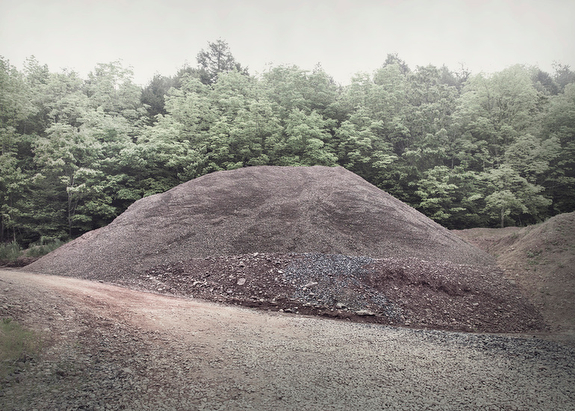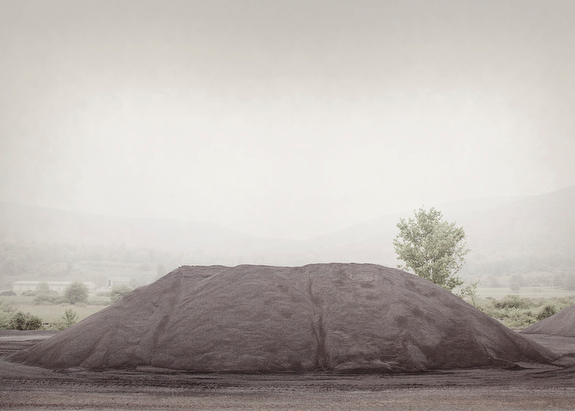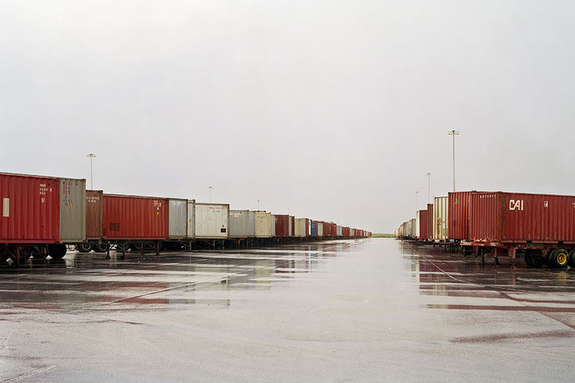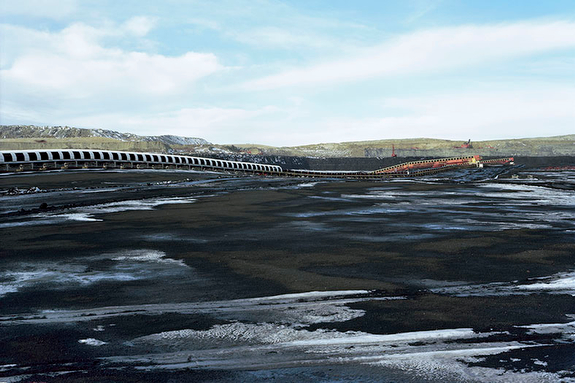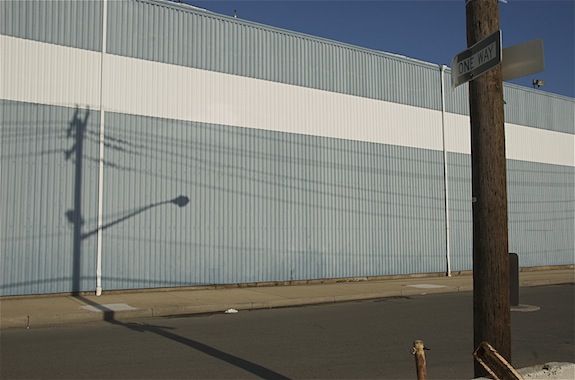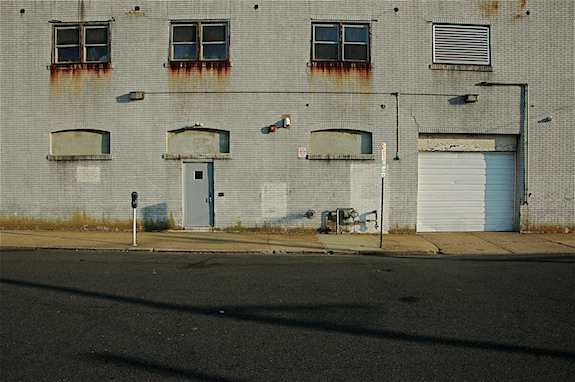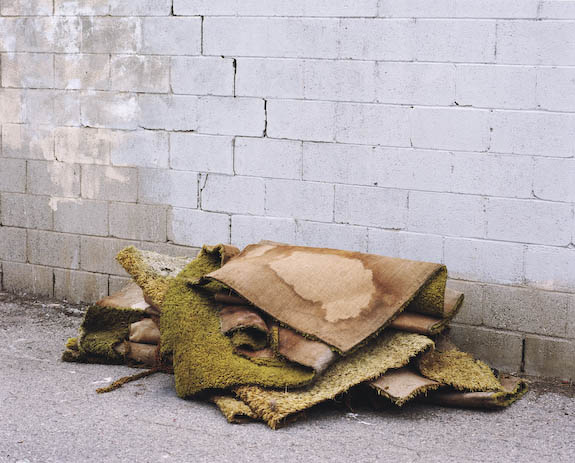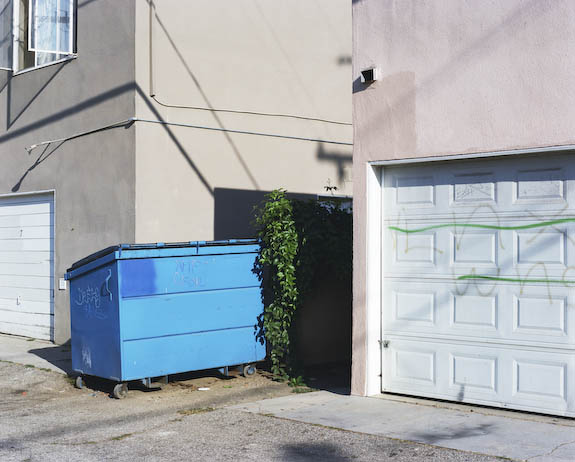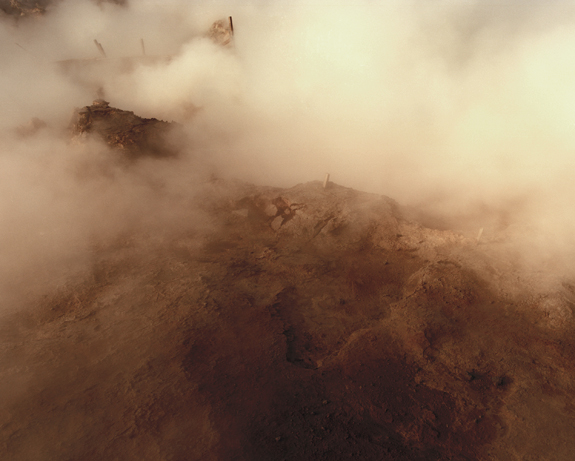
Shadows / Echoes II presents a myriad of stories and myths; nourished by a desire to convince and to be convinced, I have somewhat naïvely attempted, by the use of photography, to get closer to a system of belief in Iceland, where the existence of elves and fairies are most certainly not considered marginal, depicting tangible landscapes claimed to be inhabited by the hidden creatures.
However forged or displaced, the landscapes and stories draws my attention, rendering an absolute belief in something, creating a longing to make visible the invisible. The material presented denotes a divergence between the represented and the perceived, the generated and the genuine, and the ultimately unknowable.
Fundamentally the work is about the desire to believe; how stories are being construed, and the use of these materials to do exactly so; opting for the prospect of photography establishing a very different relationship to the “real” than predictably assumed.
— Marianne Bjørnmyr, London, United Kingdom
